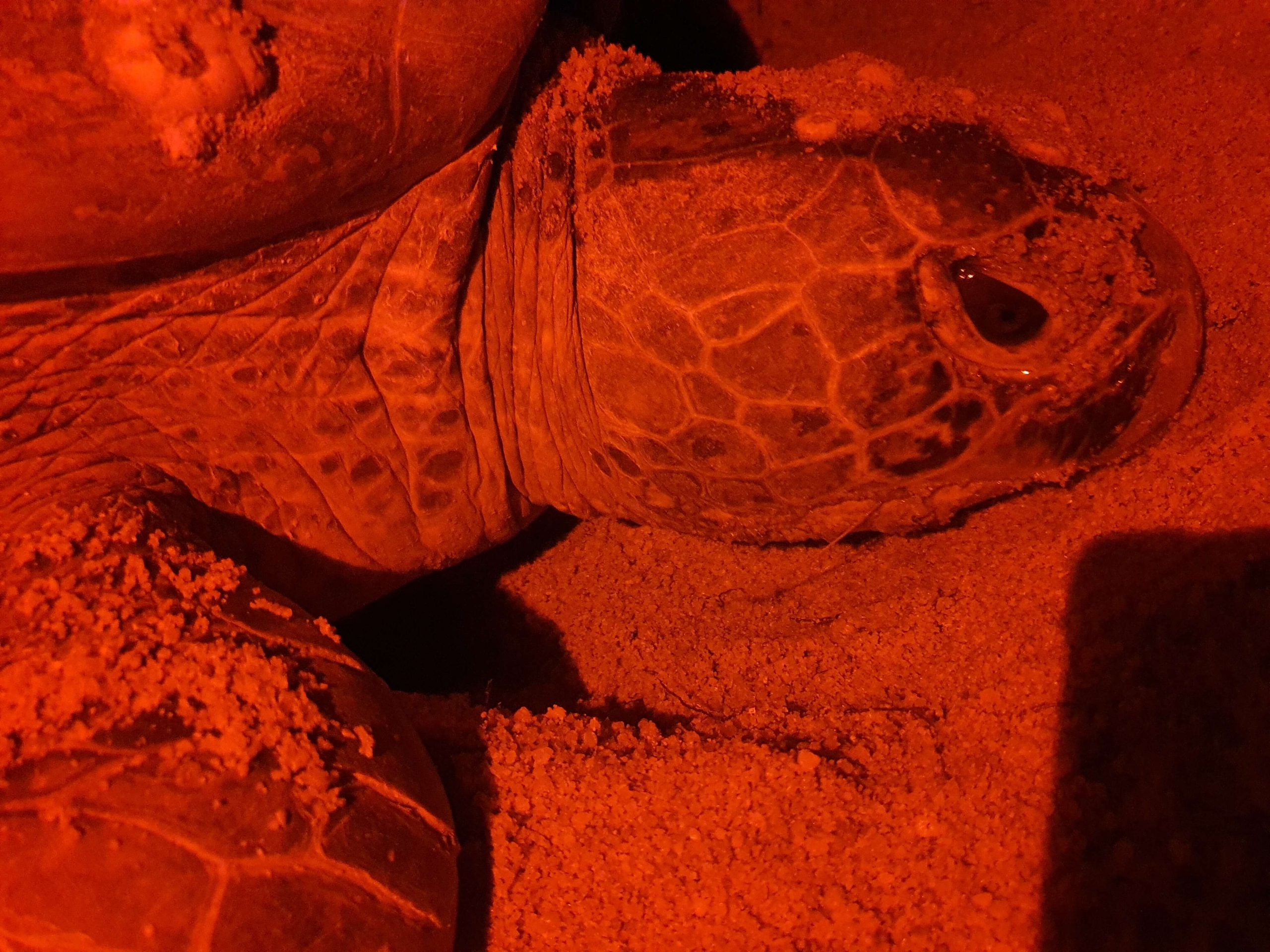
NIGHT PATROL
Chakar Hutan Beach, a turtle reserve, has up to 300 green turtle nests per year. Every night during the nesting season from dusk to dawn, we patrol the 1.4-km beach together with the rangers and relocate all the nests to the hatchery. We also collect biometric data and facial photographs of the nesting females.
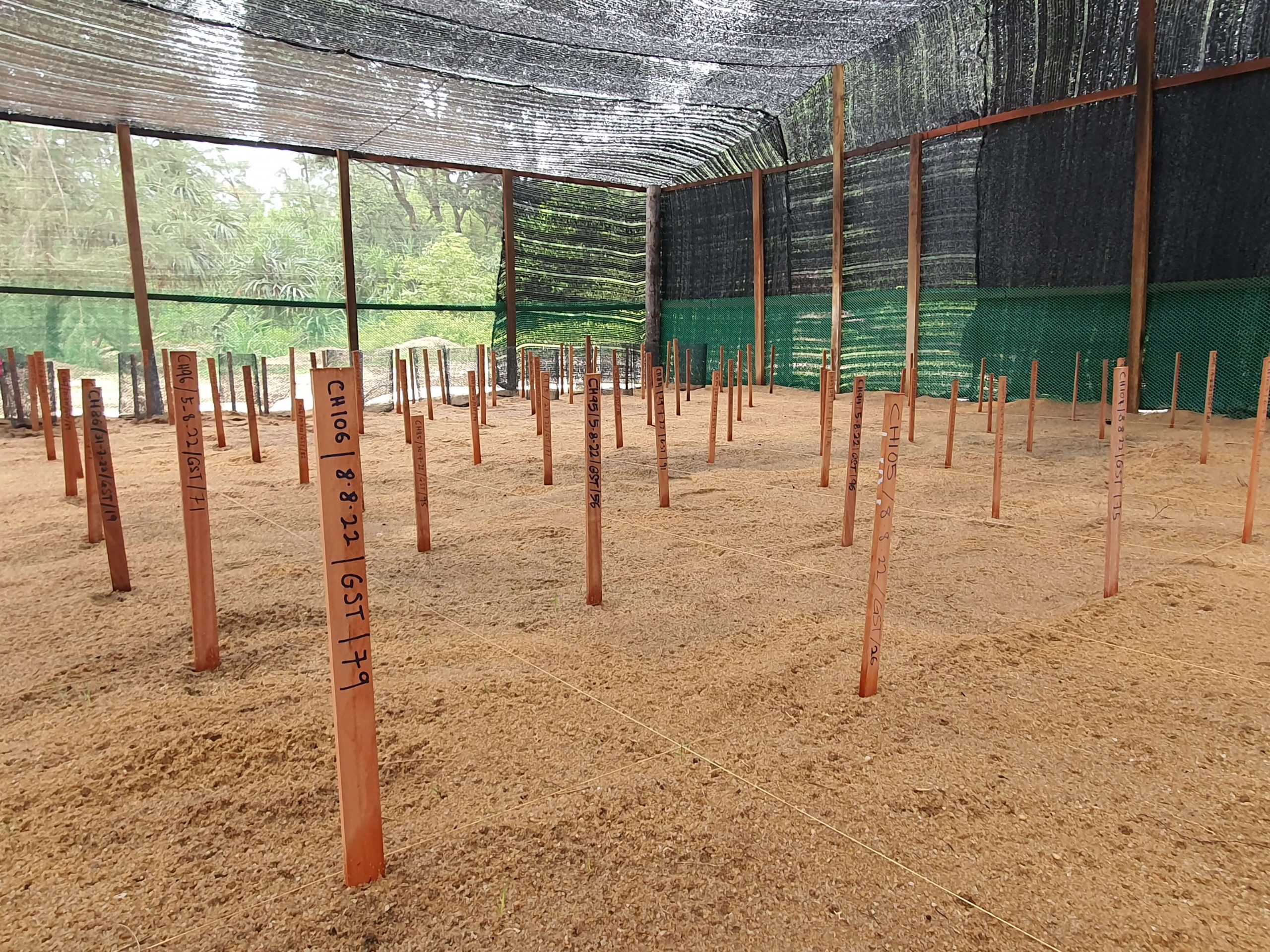
NESTS SAVED
The hatchery in Chakar Hutan not only has nests from the beach itself, but it also incubates nests bought from licensed egg collectors in the South of mainland Terengganu. Since the inception of the project at Chakar Hutan in July 2022, we have saved 147 nests from Chakar Hutan Beach alongside the Department of Fisheries rangers. Furthermore, we have purchased 84 nests from licensed egg collectors. In total, that amounted to 16,139 turtle eggs saved over 4 months.
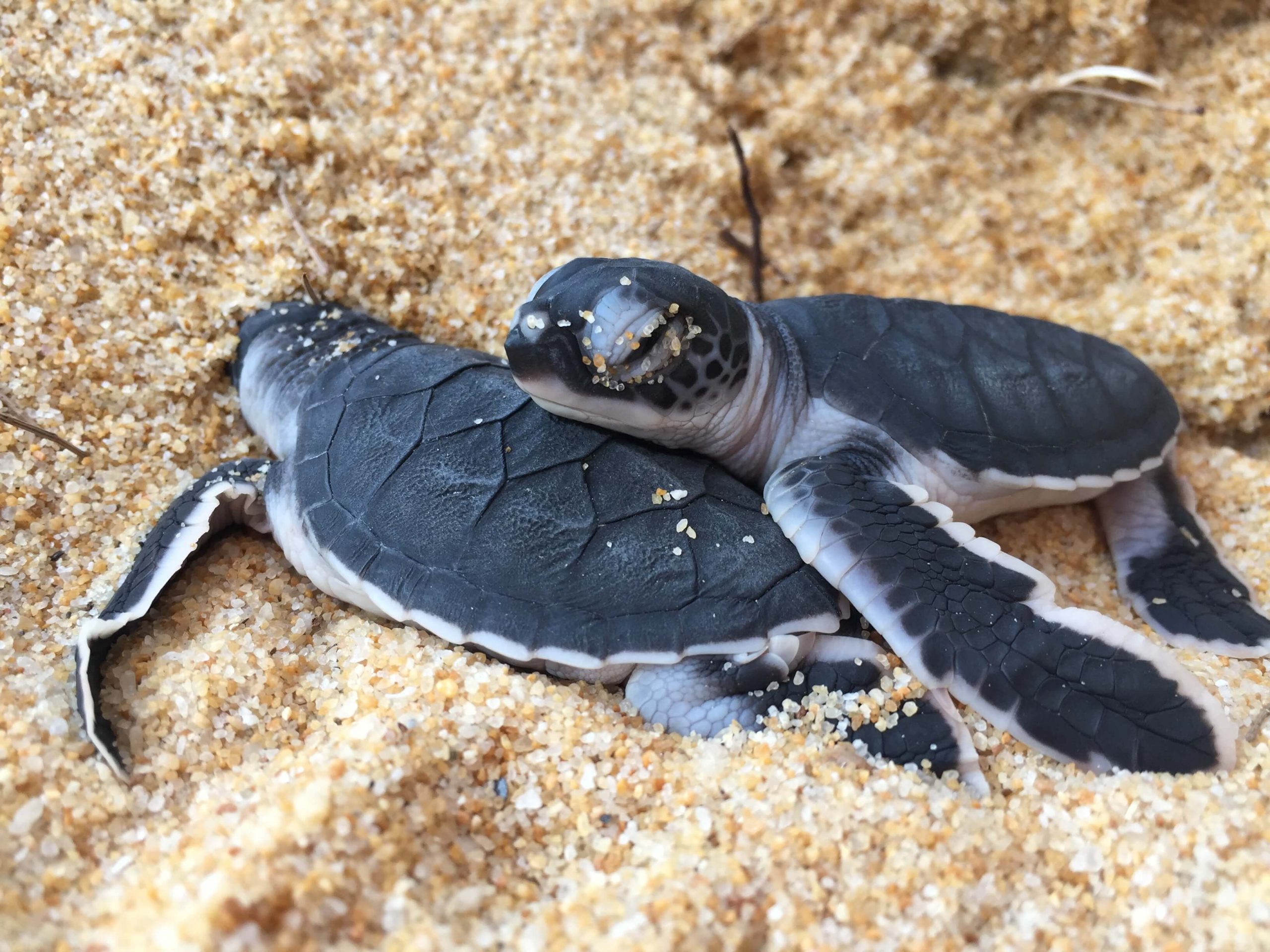
HATCHLING RELEASE
During the hatching season, we release the hatchlings immediately upon emergence from dusk to dawn. Meanwhile, if the hatchlings emerge during the day, we will release them at 7 p.m. We have released 12,657 turtle hatchlings into the ocean since 2022. On special occasions and events, we are sometimes joined by members of the public before dark.
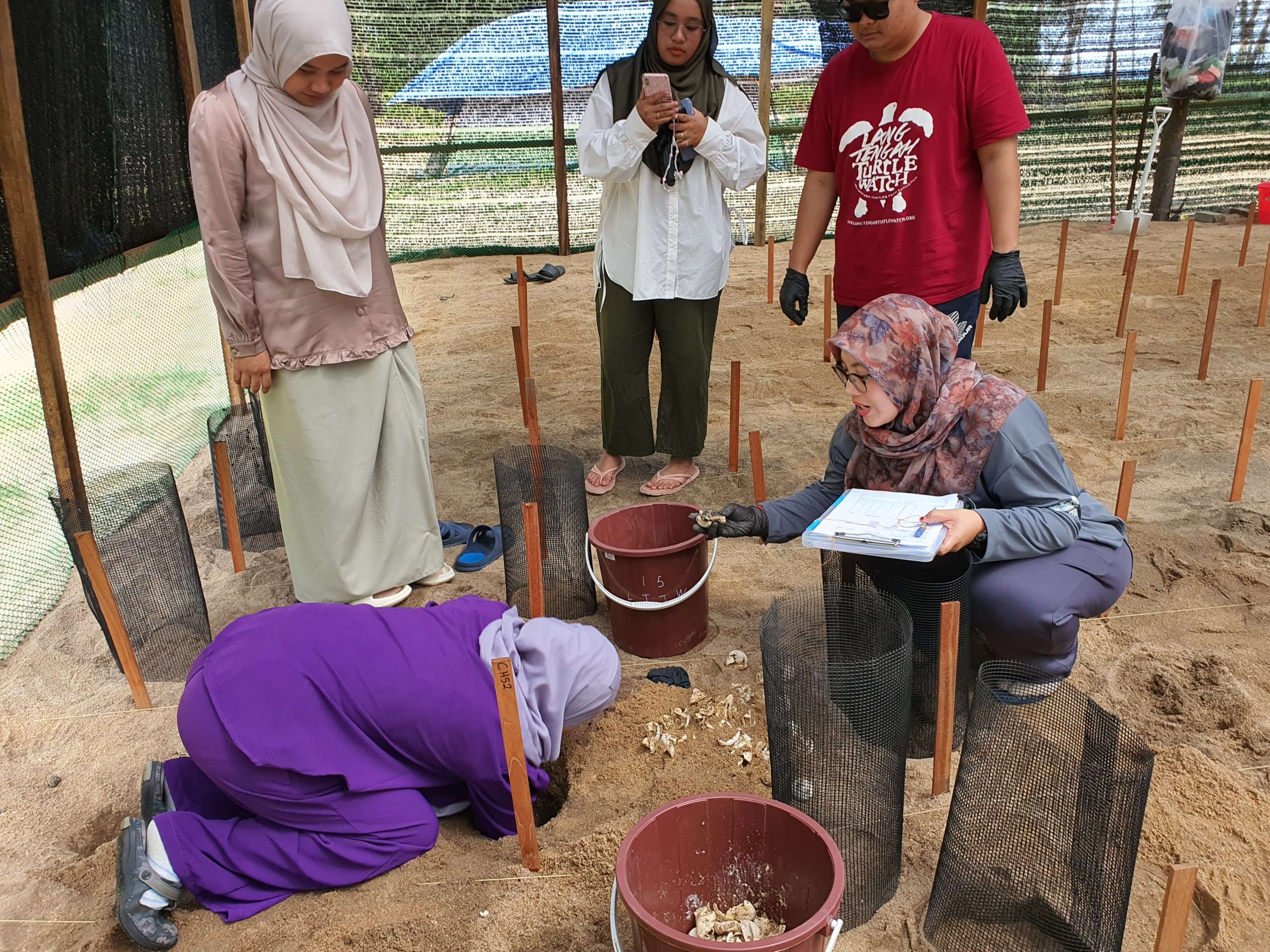
TURTLE TALKS AT THE HATCHERY
Equally important to saving turtles is raising conservation awareness among the members of the public. The hatchery is open for the public to visit upon request from 8 a.m. until 6 p.m. Our team is based at the hatchery during the day, not just to safeguard the nests, but also to share knowledge about turtle conservation with visitors. The public can also participate in our post-emergence inspections where we excavate the nest, not only to determine the hatching and emergence success, but to also save any stragglers that might have not crawled out of the nest on their own. Please make an appointment at least a day before if you would like to visit our hatchery and learn more about turtle conservation.
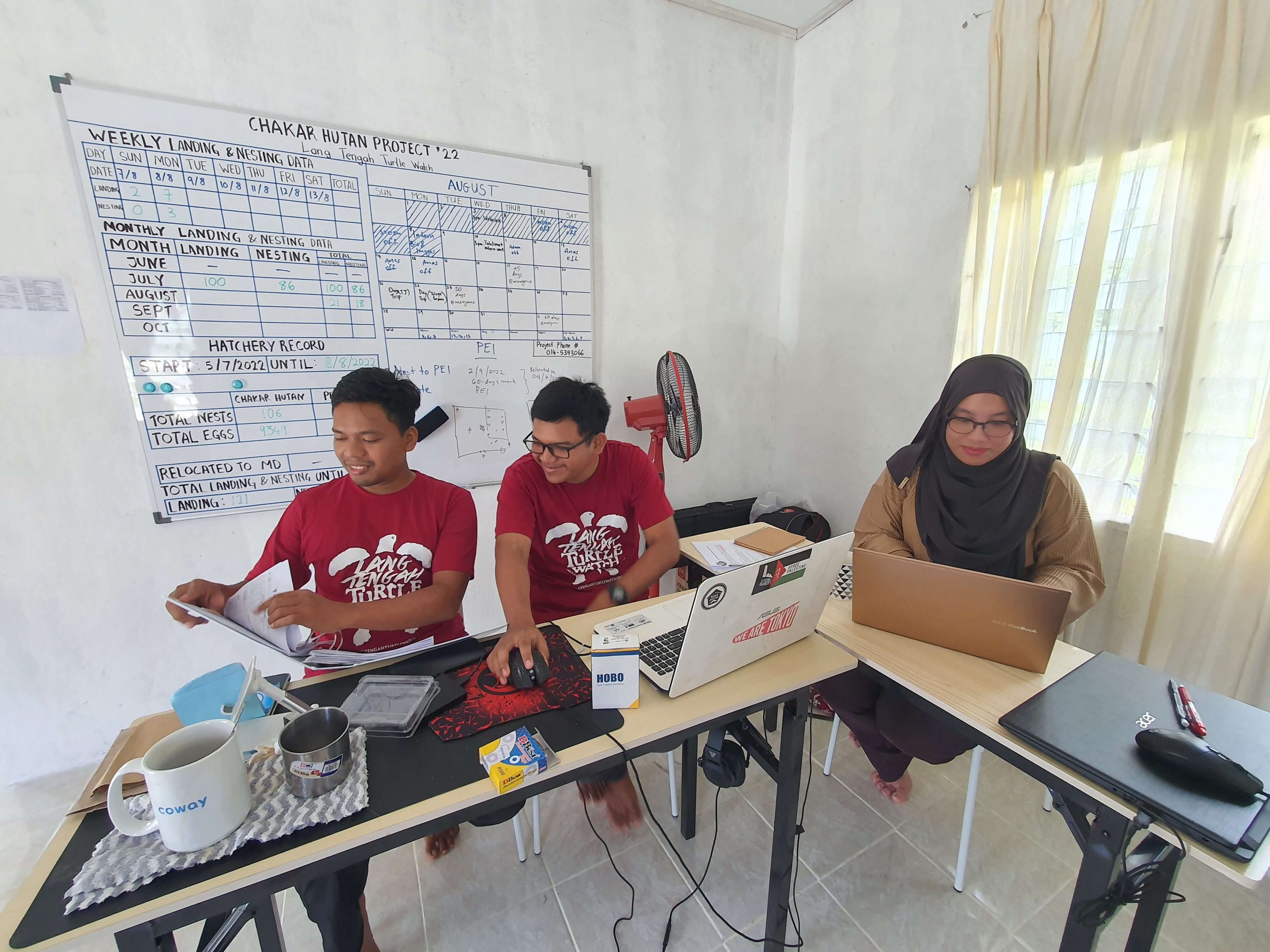
RESEARCH
Conservation research is essential to help inform science-based management of the endangered species and their habitats. Our conservation strategies are informed by empirical research. This includes measuring the nest temperatures during the incubation period so measures can be taken to ensure that our hatchery produces a balanced sex ratio of hatchlings. We also study the change of Chakar Hutan nesting beach profile to assess the impact of climate change on nesting beaches. We welcome those who are passionate in gaining field experience in sea turtle monitoring to join our internship programme.
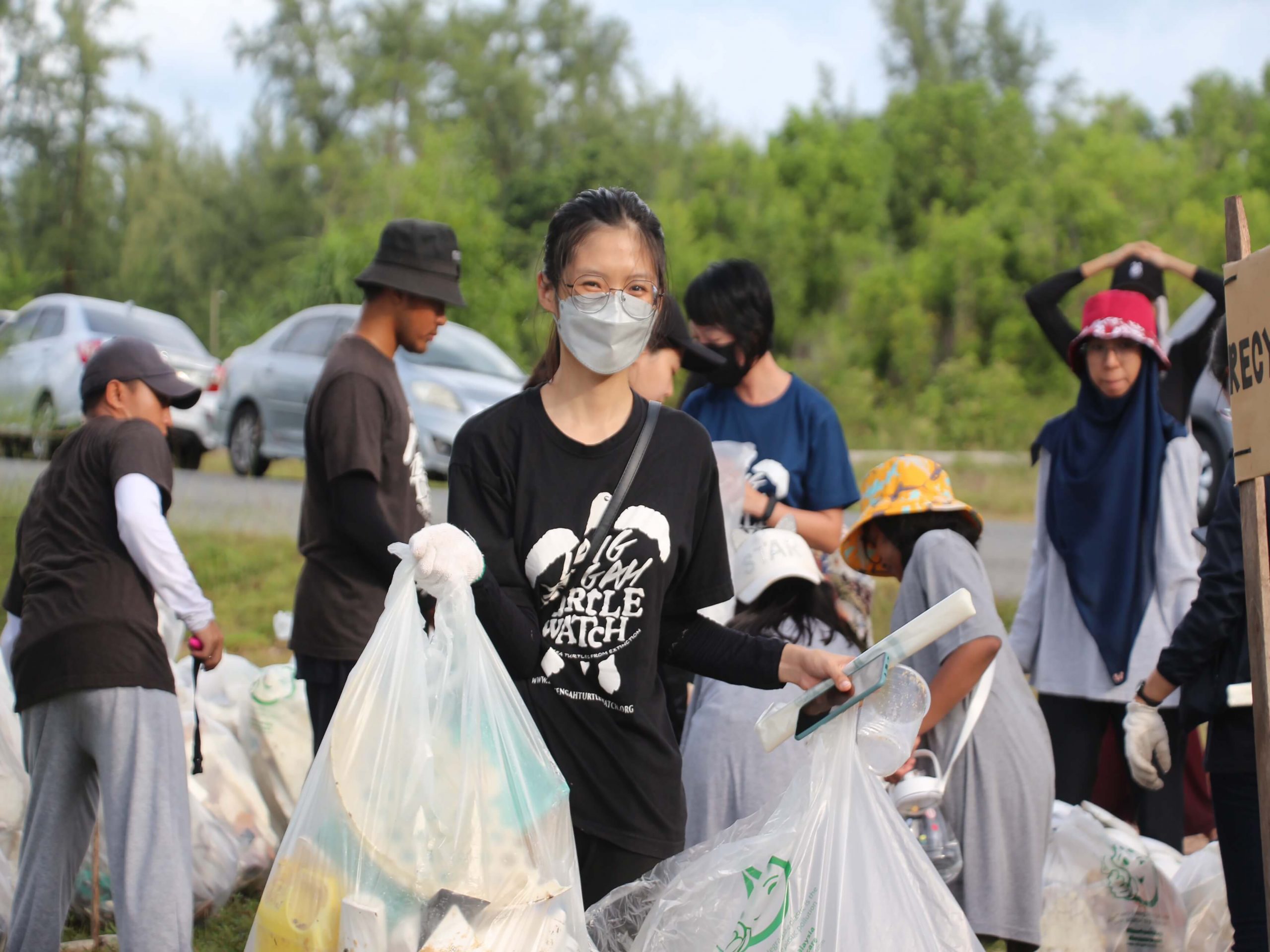
BEACH CLEAN-UP
Marine debris that washes up on the beach could prevent female turtles from laying their eggs. Not only that, it also poses a hazard to hatchlings as they make their way to the ocean. Interestingly, fungi are also known to inhabit plastic and their presence on nesting beaches could potentially lead to fungi infection in the nests. So we regularly clean up the beach to keep it free of marine debris, which then has a positive impact on the turtles.
Exciting news ahead! We are thrilled to announce that Lang Tengah Turtle Watch is migrating to Persatuan Pemuliharaan dan Kajian Marin Malaysia (Marine Conservation and Research Organisation Malaysia), also known as PULIHARA.
At PULIHARA, we are committed to continue with the conservation efforts that were previously carried out under LTTW with the same dedication, commitment and focus.
We apologize for any inconvenience this may cause and assure you that we are working tirelessly to ensure a smooth migration process.
We invite you to join us on this journey of transformation! Please visit our new website at puliharamalaysia.org to learn more about our mission and how you can get involved.
Thank you for your continued support and dedication to our cause. Together, let's create a meaningful change and leave a lasting legacy for future generations.
Warm regards,
The PULIHARA team